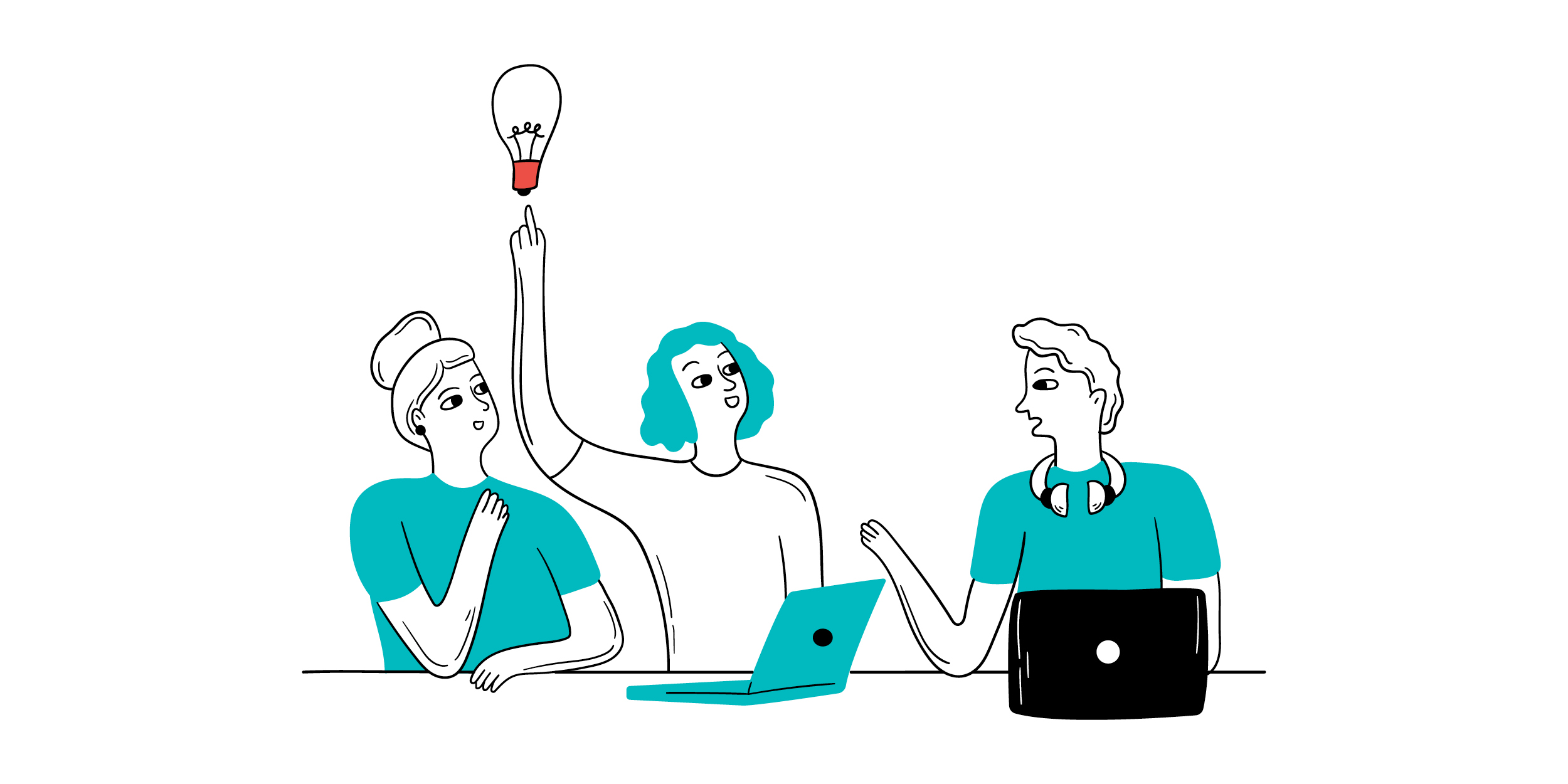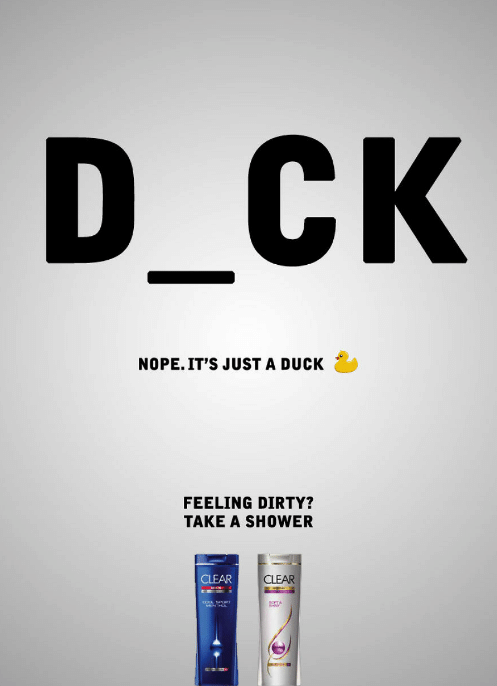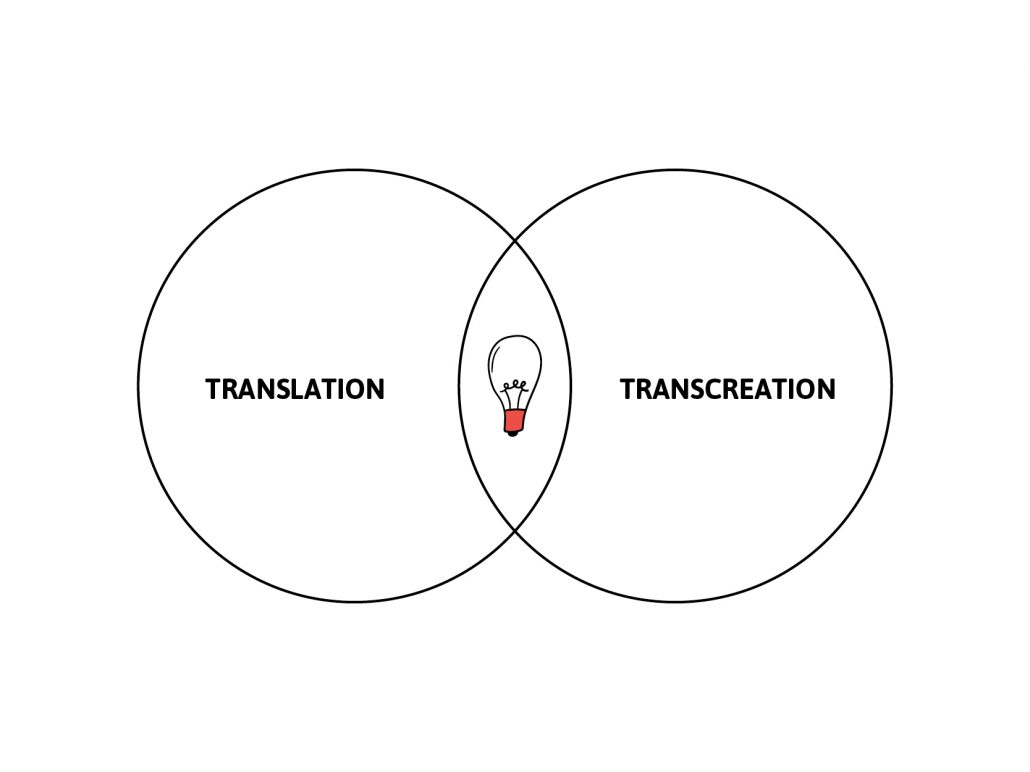The difference between translation and transcreation: a crash course for marketers
So, you have been tasked with sourcing translation services to support your company’s international growth strategy. Welcome to the world of localisation.
If this is your first time looking for translation services, it can be hard to know where to start. As a marketer, you know that you want your translations to ‘sound good’ and read like they were written by a native speaker (rather than being an obvious translation from another language). You know how important the quality of your content is in your home market, and how – if done right – it can help drive traffic, drive conversions, drive growth.
Well, the rules are exactly the same when it comes to other languages in other markets: content can do magic, but only if it’s well written and using the right tone and voice to reflect your brand in the best possible light. With this in mind, you’ve probably googled translation services, marketing translation or even creative translation, and chances are you came across the term transcreation. Bingo! This sounds exactly like what you need: a creative translation that will make your carefully crafted copy sing in other languages. But, and it is a big but, transcreation is actually quite a different process to translation. It’s not suitable for all of your marketing content. So, let’s take look at the difference between translation and transcreation and how they differ in terms of purpose, process and price.
What is translation?
Translation generally starts with an existing text that serves as the source for the translation. In other words, you have already done all the heavy lifting copywriting your original content, and now it’s ‘just’ a case of translating it. Let’s say you have an English webpage and you would like to translate it into German. In this case, English is the source language and German is the target language. Essentially, the translators work with your existing source text and produce a German version of it. If done well, the translation will be idiomatic and read like an original German piece of content, but it will closely follow the structure and flow of your source text.
Translation is typically charged on a per-word basis, so if you know the word count of your page and your translation provider has quoted you a per-word cost, it’s super easy to calculate how much the translation will cost you and to scope out the overall cost of your localisation project.
What is transcreation?
Transcreation, a portmanteau of ‘translation’ and ‘creation’, is a technique used for high-impact, creative, short-form content such as headlines, slogans, catchphrases and ad copy. This type of content often involves creative techniques, from playing with the sound or meaning of words, to cultural references that can be very specific to a country or culture. And here, a straightforward translation might not work. Whereas translation is focused on transposing the source text into another language, transcreation is a more creative process with the aim of eliciting the same emotional response with the audience, and it might use very different creative techniques to achieve that same result. For transcreation, you will provide a brief of what the creative idea or concept behind your content is and what you want to achieve with it. The translators take your original copy as a starting point, but the end result might look very different to the original. Here is a transcreation example from Apple’s iPhone 12 Pro in English, German and French:
English: It’s a leap year.
German: Dieser Schritt ist ein Sprung. Literal back translation into English: This step is a leap.
French: On n’arrête pas le progrès. On l’accélère. Literal back translation into English: You don’t stop progress. You accelerate it.
As you can see, each language takes a different approach, simply because the literal translations would not make sense in the target languages. However, they all allude to the same overarching message: this iPhone 12 Pro presents a gigantic leap in technological advancement.
A quick sidenote about images
Creative slogans and ad copy often tie in with imagery, and there are a couple of things to consider. The images you use need to be culturally appropriate and relevant in each market, and they need to make sense in the context of the transcreated message. A good translation provider will of course raise the flag if they feel an image you are planning to use might be inappropriate or irrelevant, or if it doesn’t work for transcreation into other languages. Take this cheeky ad:
This ad clearly works in English because we have two words that are almost exactly the same, with just a single letter switched out: one naughty one (insinuating that the reader is ‘feeling dirty’, because they’ve thought of a naughty word) and one very innocent one (bathtime anyone?) In other languages, the same words would be different lengths and have different letters. The German word for duck (Ente) might not rhyme with a naughty word of the same length so we would probably have to change the words and the imagery to come up with something equally as funny and light-hearted in German.
Transcreation is typically charged at an hourly rate rather than a per-word rate. And quite rightly so: some of the shortest slogans can take the longest to ideate. But their impact could be huge.
Where does marketing translation fit in?
By now, you are probably already starting to recognise which elements of your content would be better placed with translation and which would need transcreation. And you may also already be wondering how you deal with content that can be partially translated but might contain some creative elements, for example a landing page that contains a creative headline but that could otherwise be translated normally. Well, this is what we call marketing translation. Marketing translation is essentially the area where translation and transcreation overlap. Not all marketing content needs to be transcreated – that would be too time consuming and cost-inhibitive – but all marketing content has creative elements to it that should be transcreated to ensure maximum impact.
Marketing translation is generally charged on per-word basis, but is a little more expensive than standard translation because it takes more time and expertise to translate more creatively.
So, just to recap: for creative slogans, catchphrases, ad copy and other high-impact, short-form copy, think transcreation. For longer-form copy like webpages, blogs, ebooks, whitepapers, sales emails etc, think marketing translation.
How do I choose the right localisation partner for translation and transcreation?
Now that you are clear on what these terms mean and which one is the right one to help you execute your localisation strategy, the next step is to find the right localisation partner. But, with a myriad of translation providers on offer, how do you choose?
Localisation isn’t really a one-off project, it’s an ongoing process that – if all goes to plan – will be driving your international success continuously for a long time to come, so you want to make sure you choose a provider that can support you on that journey, long term. We think it all starts with a conversation. Speak to a few companies to find out a little bit more about them and gauge whether they are a good fit for your company. Where are they based? What’s their process? Have they got experience in marketing translation and transcreation? Who are their translation teams made up of?
If you are planning to expand into a particular region, e.g. Europe, South America or Africa, we would recommend working with language specialists that are based in the region they specialise in as they live and breathe the local culture every day. Here at AJT, for example, we specialise in localisation for the European market, that’s where we are based, that’s what we’re best at and that’s where we know we can add the most value for our clients.
If you are planning to expand globally across several regions at the same time, ideally you would work with a collective of regional language specialists, each an expert in their own region. Or you might prefer to work with one larger provider that can handle all the languages you require. It’s your choice. There is no one-size-fits-all approach, the main thing is to find a localisation partner that’s right for you: language capability, cultural fit, technology (if you are looking to leverage a translation management system) and scalability are all important factors to take into consideration.
If you have read this far, hopefully you found this crash course on the difference between translation and transcreation useful. Here are a few more helpful links to explore:
- A quick explanation of the difference between translation and localisation
- ATC’s Guide to Buying Translation Services
- The 5 most common misconceptions and pain points around localisation
- Why scrimping on translation services might hamper your export journey



